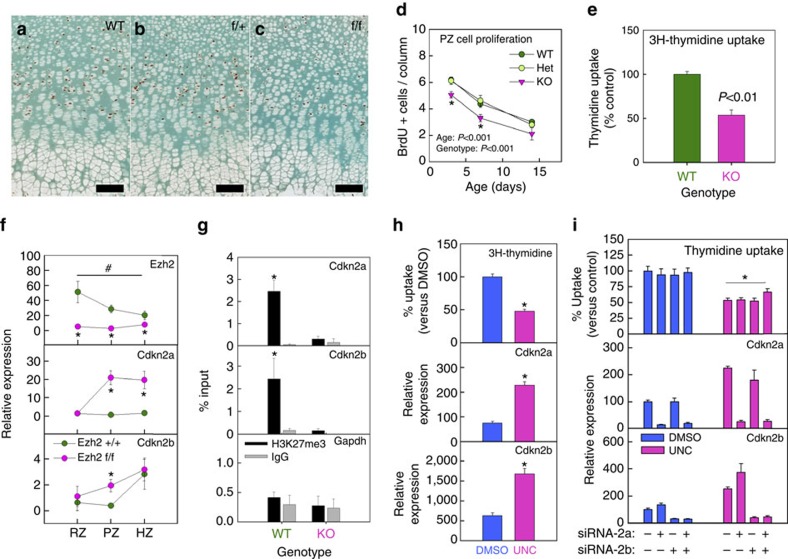Figure 3. Cdkn2a/b upregulation contributed to defects in chondrocyte proliferation.
(a–c) BrdU staining of 1-week-old proximal tibial growth plate from Ezh1−/− mice that are wild type (WT) (a), heterozygous (b) or homozygous (c) for cartilage-specific Ezh2 knockout. (d) Number of BrdU-positive cells per proliferative column in proximal tibial growth plates of 3-day-, 1-week- and 2-week-old Ezh1−/− mice that are WT (N=6), heterozygous (HET, N=6) or homozygous (KO, N=8) for cartilage-specific Ezh2 knockout. *P<0.05 versus both WT and Het within the same age group. (e) Tritiated thymidine uptake by monolayer primary chondrocytes, isolated from 1-week-old Ezh1−/− mice that are WT (N=6) or homozygous (KO, N=8) for cartilage-specific Ezh2 knockout (E). (f) Relative expression of Ezh2, Cdkn2a and Cdkn2b in different zones (RZ, PZ and HZ) isolated from proximal tibial growth plates of 3-day-old Ezh1−/− that are WT (Ezh2+/+) or homozygous (Ezh2 fl/fl) for cartilage-specific Ezh2 knockout. Tissue was isolated by LCM and messenger RNA measured by quantitative real-time PCR; #P<0.05 across zones in Ezh2 WT; *P<0.05 between Ezh2 WT and Ezh1/2 knockout within the same zone. (g) Chromatin immunoprecipitation (ChIP) with H3K27me3 antibody (or IgG), followed by real-time PCR to compare levels of histone modification near transcription start site of Cdkn2a, Cdkn2b and Gapdh, between chondrocytes isolated from 1-week-old Ezh1−/− mice that are WT or homozygous (KO) for cartilage-specific Ezh2 knockout. *P<0.05, WT H3K27me3 versus KO H3K27me3. (h) Tritiated thymidine uptake and Cdkn2a and Cdkn2b expression (by real-time PCR), in monolayer primary chondrocytes isolated from 1-week-old WT mice, treated with Ezh1/2 inhibitors (UNC) or DMSO; *P<0.05, N=6. (i) Similar experiment as in h, except that chondrocytes were treated with siRNA against Cdkn2a and/or Cdkn2b (or scrambled siRNA) before Ezh1/2 inhibition; *P<0.05, N=6. Error bars, ±s.e.m. Scale bars, 100 μm.

